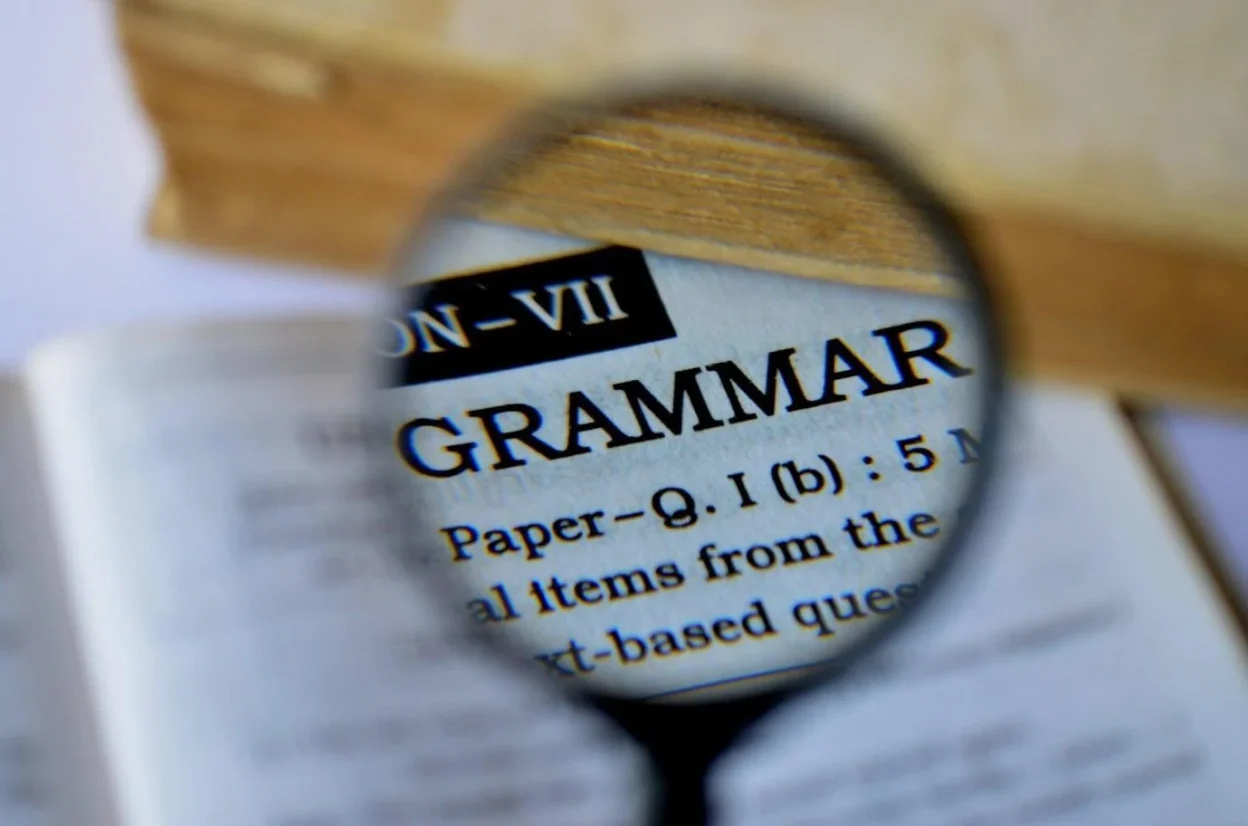In today’s fast-moving digital world, it’s easy for brand announcements to get overlooked. Launching a new product or sharing big news is exciting-but grammar mistakes can ruin the message. Even small errors can confuse people, hurt your brand’s image, and take attention away from what really matters. A clear, well-written announcement doesn’t just share news-it builds trust.
Want to keep your brand looking sharp? Knowing which mistakes to avoid makes all the difference. Let’s get into it!
1. Misuse of Apostrophes
Apostrophes are small punctuation marks, but they can lead to big mistakes. Many brands fall into the trap of using apostrophes to form plurals, such as “apple’s” instead of “apples.”
This error can confuse your audience and make your brand seem careless. Here are some tips to help you avoid this common mistake:
Use for Possession, Not Plurals
Apostrophes show ownership, not how many of something there are. For example, say “the company’s logo” to show that the logo belongs to the company. But if you’re just talking about more than one logo, you should say “logos”-no apostrophe needed.
When in Doubt, Leave it Out
Apostrophes are often misused when they aren’t needed. If you’re not showing possession or making a contraction like “it’s” (short for “it is”), it’s best to leave the apostrophe out. Adding one just to be safe can make your writing look wrong.
Double-check Contractions
Contractions like “you’re”, “they’re”, and “it’s” are easy to mix up with “your”, “their”, and “its”. These mix-ups are small but stand out, especially in brand writing. Always read your sentence out loud-if the full version doesn’t make sense, the contraction probably isn’t right.
2. Subject-Verb Agreement Errors
Maintaining subject-verb agreement is crucial. For example, writing “The list of items are on the table” is incorrect.
Instead, it should be “The list of items is on the table” because the subject “list” is singular. Misalignment here can lead to confusion and misinterpretation.
3. Run-On Sentences
In an attempt to sound informative, many brands write run-on sentences that confuse readers. A run-on sentence occurs when two or more independent clauses are improperly connected.
Keep Sentences Short and Clear
Long sentences can feel overwhelming and hard to follow. If a sentence tries to do too much at once, your message can get lost. Breaking ideas into shorter sentences helps readers stay engaged and understand your point faster.
Use the Right Punctuation
Run-on sentences often happen when commas are used where a period or semicolon is needed. For example, instead of writing “Our team launched a new product, it’s already getting great feedback”, you should write “Our team launched a new product. It’s already getting great feedback”. The right punctuation makes your message easier to read and more professional.
Read it Out Loud
One of the best ways to catch a run-on sentence is to read your sentence out loud. If you feel like you’re running out of breath or losing track of the idea, it’s probably too long. Listening to your words helps you know when to pause and when to split a sentence in two.
4. Overuse of Jargon and Buzzwords
Using industry jargon can create a barrier between your announcement and your audience. Avoid buzzwords like “synergy,” “value-added,” or “disruptive” unless they are essential.
Instead, opt for simple, straightforward language that everyone can understand. This approach enhances clarity and widens your message’s reach.
5. Inconsistent Tense Usage
When writing brand announcements, ensure tense consistency. Switching between past, present, and future tenses can confuse readers.
For instance, stating “We launched the product and we are excited” mixes tenses. Instead, maintain a consistent voice by sticking to the same tense throughout.
6. Misplacing Modifiers
Misplaced modifiers can create ambiguity. For example, saying “I only want to improve my brand announcements” suggests that improving announcements is the only goal.
Instead, rephrase to clarify: “I want to improve only my brand announcements.” This small adjustment can make a significant difference in how your message is interpreted.
Keep it Close
Modifiers should sit right next to the word or phrase they’re describing. If they’re too far away, the sentence can sound awkward or confusing. For example, instead of saying “She nearly wrote 50 posts last week”, say “She wrote nearly 50 posts last week”-unless she almost wrote them but didn’t.
Avoid Danglers
A dangling modifier is a word or phrase that doesn’t connect to what it’s supposed to describe. For instance, “Running late, the email was sent quickly” makes it sound like the email was running late. A clearer version would be: “Running late, I sent the email quickly.”
Focus on Clarity
Even if a sentence is grammatically correct, it can still be unclear if the modifier is in the wrong spot. Always ask yourself: Will the reader understand exactly what I mean? Clear writing builds trust and avoids miscommunication.
7. Incorrect Use of Commas
Commas help clarify meanings, but their incorrect placement can lead to misunderstandings. For example, “Let’s eat Grandma” vs. “Let’s eat, Grandma” showcases how a missing comma can alter the entire message. Always double-check your use of commas to ensure your announcements are clear.
8. Failure to Proofread
One of the most common grammar mistakes is the failure to proofread. Typos and grammatical errors can occur even in the most polished documents. Taking the extra step to review your content or using tools can make a difference. Utilize resources like Press Release Zen for quick checks to elevate your brand’s announcements.
9. Lack of Clarity and Conciseness
Avoiding unnecessary fluff is essential in brand announcements. Filling your message with redundant phrases will only dilute your key points. Aim for clarity and conciseness by sticking to the essential information and actionable insights. Your audience will appreciate a direct and impactful message.
Your Key to Professional Brand Announcements
In the crowded world of digital announcements, clarity and correct grammar matter. Avoiding common mistakes helps your message land and builds trust with your audience. With careful proofreading and a clear structure, your announcements can stand out and reflect your brand’s professionalism. Small fixes can make a big difference in how your message is received.
Is this article helpful? Keep reading our blog for more.

Lexy Summer is a talented writer with a deep passion for the art of language and storytelling. With a background in editing and content creation, Lexy has honed her skills in crafting clear, engaging, and grammatically flawless writing.



